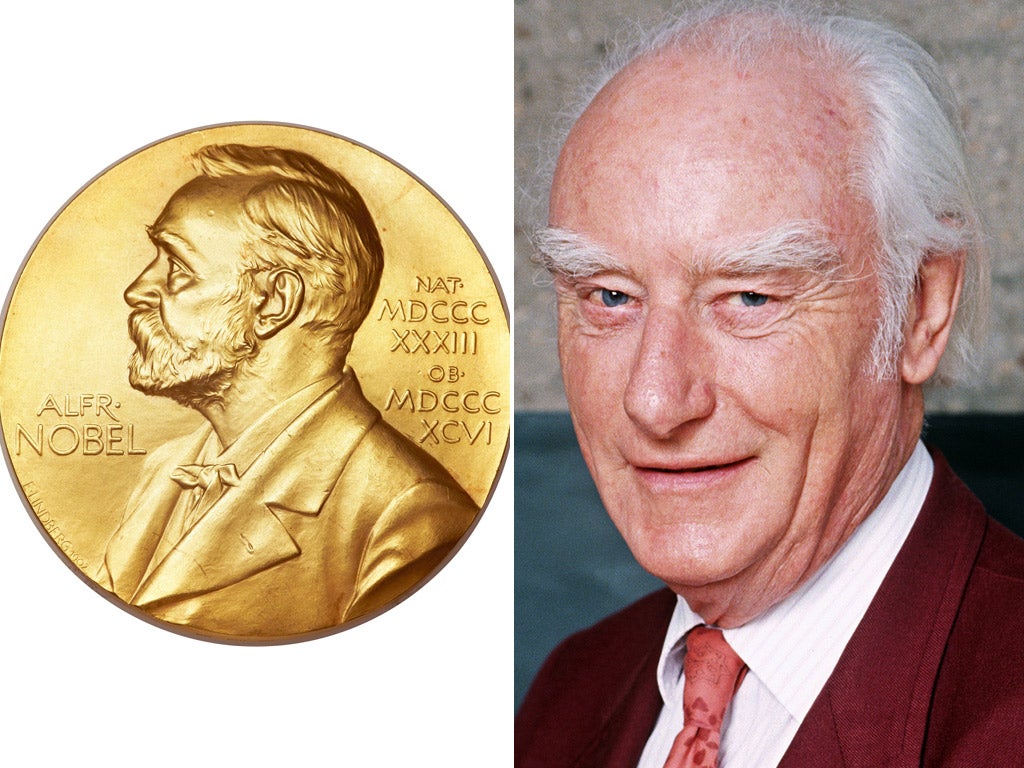Family of scientist who discovered double-helix to sell his Nobel Prize

Your support helps us to tell the story
From reproductive rights to climate change to Big Tech, The Independent is on the ground when the story is developing. Whether it's investigating the financials of Elon Musk's pro-Trump PAC or producing our latest documentary, 'The A Word', which shines a light on the American women fighting for reproductive rights, we know how important it is to parse out the facts from the messaging.
At such a critical moment in US history, we need reporters on the ground. Your donation allows us to keep sending journalists to speak to both sides of the story.
The Independent is trusted by Americans across the entire political spectrum. And unlike many other quality news outlets, we choose not to lock Americans out of our reporting and analysis with paywalls. We believe quality journalism should be available to everyone, paid for by those who can afford it.
Your support makes all the difference.Six decades after Francis Crick helped identify the structure of DNA, the Nobel Prize he received for the discovery is going under the hammer.
The Cambridge academic was awarded the Nobel Prize for Physiology or Medicine alongside James Watson and Maurice Wilkins in 1962, nine years after deciphering DNA’s double helix . But his family have now decided to put the medal and diploma, alongside other memorabilia, up for auction – the first time a Nobel Prize has been up for public sale.
Crick died in 2004 at the age of 88, and the 23-carat gold medal, which is engraved with his initials and the date of its award, has been in a safe-deposit box in California since the death of his widow three years later. Kindra Crick, the scientist’s granddaughter, said: “The family had a hard time knowing what to do with it the Nobel Prize. We were keen it didn’t stay in storage. We needed to make it available to someone who could take care of it but also put it on display.”
“This is a part of science history and there are a select group who would want to buy it and also be able to put it on show, which we would find hard, We hope it can inspire the next generation of scientists.”
Even during his lifetime, Crick kept the award locked away. His children do not recall seeing it after the ceremony, while granddaughter Kindra has never seen it.
“He was not one to have certificates on his wall. He was not one to rest on his laurels,” she said.
The initial bid for the medal and diploma is $500,000 (£330,000) but some have estimated it could end up going for as much as $5m when it comes up for auction in New York in April. Part of the proceeds will help fund the Francis Crick Institute, which is due to open in London in 2015.
Join our commenting forum
Join thought-provoking conversations, follow other Independent readers and see their replies
Comments